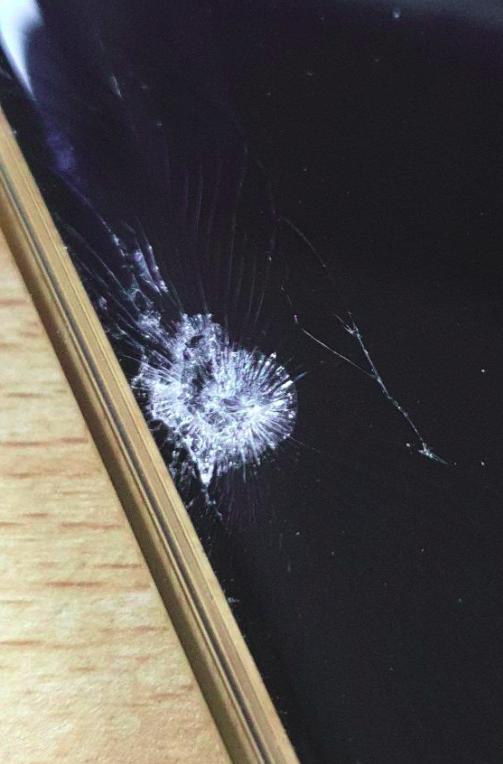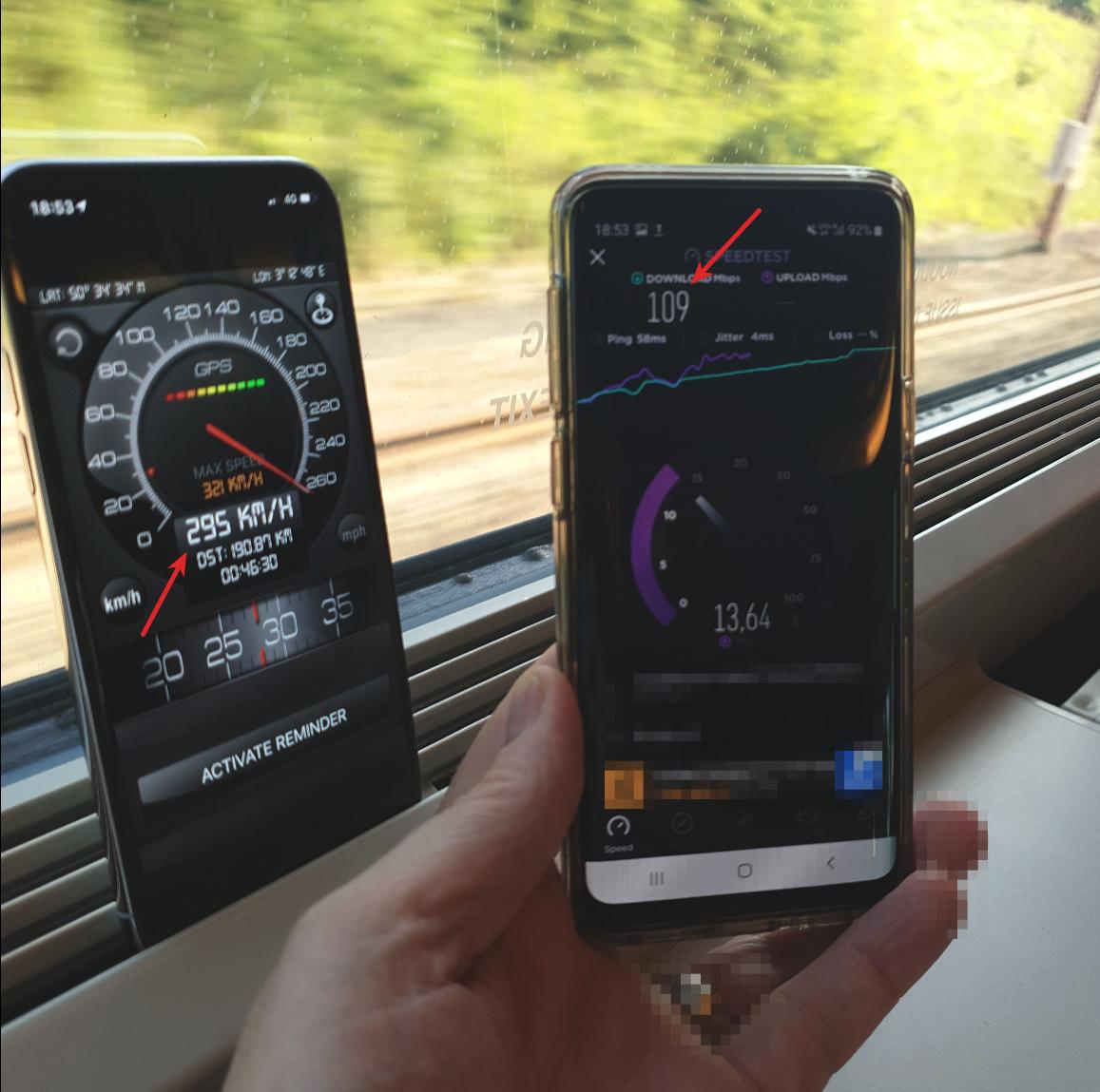 When you accidentally drop your phone and it looks like on the picture on the left when you pick it up, your plans for the rest of the day are pretty much out the window. There are several options after such an accident one of them is to just get another device and start from scratch. This is what I did and spent the next 3 hours installing LineageOS and all apps and data from scratch again. Once done I thought I’d make the best out of the broken phone, which was still working, and see if I could have been faster (next time…) by just cloning the complete Android installation from one device to the other. This works great on the PC with Linux and I regularly do this to make sure I have a backup SSD with a working clone of my installation. After several hours and approaching the issue from several angles, I have to say that I came up empty handed.
When you accidentally drop your phone and it looks like on the picture on the left when you pick it up, your plans for the rest of the day are pretty much out the window. There are several options after such an accident one of them is to just get another device and start from scratch. This is what I did and spent the next 3 hours installing LineageOS and all apps and data from scratch again. Once done I thought I’d make the best out of the broken phone, which was still working, and see if I could have been faster (next time…) by just cloning the complete Android installation from one device to the other. This works great on the PC with Linux and I regularly do this to make sure I have a backup SSD with a working clone of my installation. After several hours and approaching the issue from several angles, I have to say that I came up empty handed.
Continue reading Is There A Way To Clone An Android Installation?





